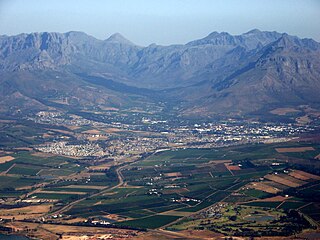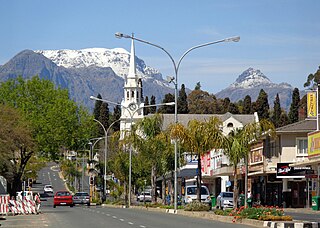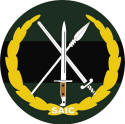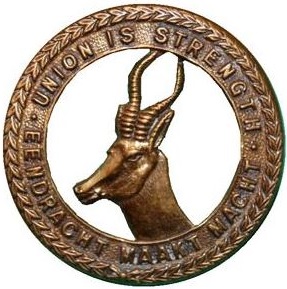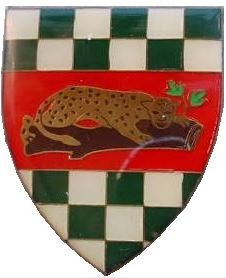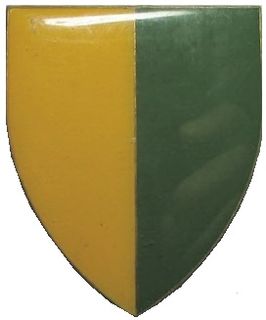| Regiment Westelike Provincie | |
|---|---|
 SANDF Regiment Western Cape emblem | |
| Active | 1 April 1934 to present |
| Country | South Africa |
| Allegiance | |
| Branch | |
| Type | Infantry |
| Role | Mechanised infantry |
| Size | One battalion |
| Part of | South African Infantry Formation Army Conventional Reserve |
| Garrison/HQ | Cape Town |
| Motto(s) | "Non Sibi Sed Patriae" – "Not For Ourselves, But For Our Country" |
| Anniversaries | 1 April (Regimental Day) |
| Commanders | |
| Honorary Colonel | Capt. G.S. van Niekerk (Col) |
| Insignia | |
| Company level Insignia | 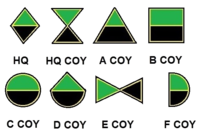 |
| SA Mechanised Infantry beret bar circa 1992 | 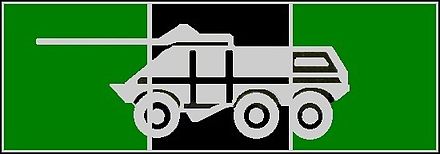 |
Regiment Westelike Provincie is a mechanised infantry regiment of the South African Army. As a reserve unit, it has a status roughly equivalent to that of a British Army Reserve or United States Army National Guard unit.

The South African Army is the army of South Africa, first formed after the Union of South Africa was created in 1910. The South African military evolved within the tradition of frontier warfare fought by Boer Commando (militia) forces, reinforced by the Afrikaners' historical distrust of large standing armies. It then fought as part of the wider British effort in World War II, but afterwards was cut off from its long-standing Commonwealth ties with the ascension to power of the National Party in South Africa in 1948. The army was involved in a long and bitter counter-insurgency campaign in Namibia from 1966 to 1990. It also played a key role in controlling sectarian political violence inside South Africa during the late 1980s and early 1990s.

The United Kingdom (UK), officially the United Kingdom of Great Britain and Northern Ireland, and sometimes referred to as Britain, is a sovereign country located off the north-western coast of the European mainland. The United Kingdom includes the island of Great Britain, the north-eastern part of the island of Ireland, and many smaller islands. Northern Ireland is the only part of the United Kingdom that shares a land border with another sovereign state, the Republic of Ireland. Apart from this land border, the United Kingdom is surrounded by the Atlantic Ocean, with the North Sea to the east, the English Channel to the south and the Celtic Sea to the south-west, giving it the 12th-longest coastline in the world. The Irish Sea lies between Great Britain and Ireland. With an area of 242,500 square kilometres (93,600 sq mi), the United Kingdom is the 78th-largest sovereign state in the world. It is also the 22nd-most populous country, with an estimated 66.0 million inhabitants in 2017.

The Army Reserve is the active-duty volunteer reserve force and integrated element of the British Army. It should not be confused with the Regular Reserve whose members have formerly served full-time. The Army Reserve was previously known as the Territorial Force from 1908 to 1921, the Territorial Army (TA) from 1921 to 1967, the Territorial and Army Volunteer Reserve (TAVR) from 1967 to 1979, and again the Territorial Army (TA) from 1979 to 2014.

